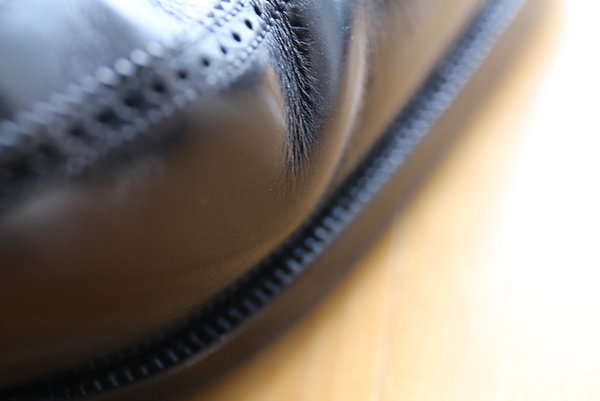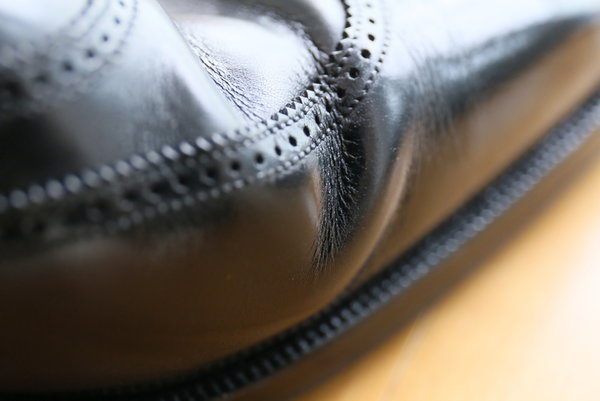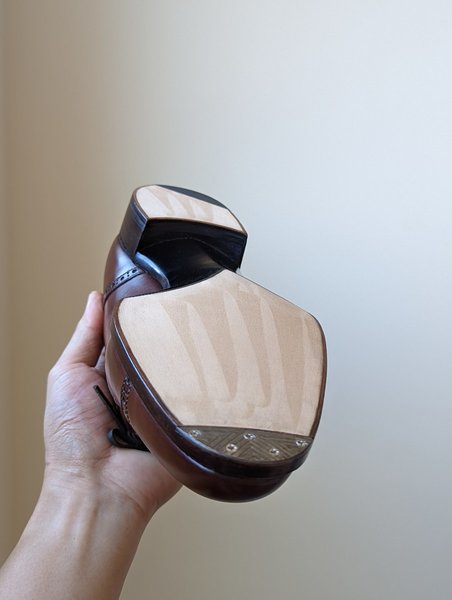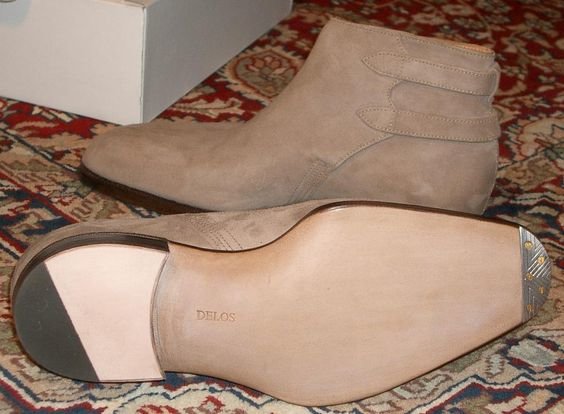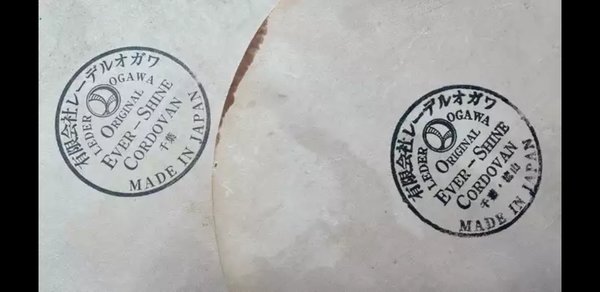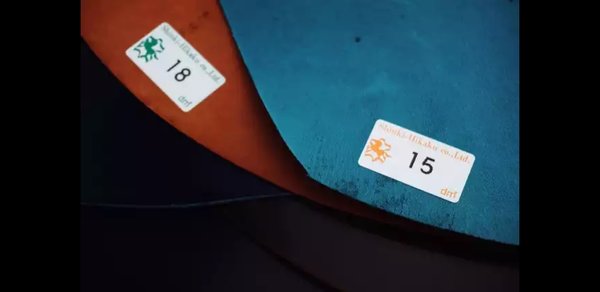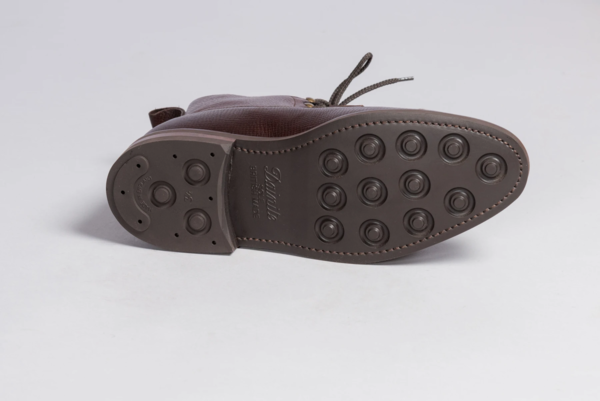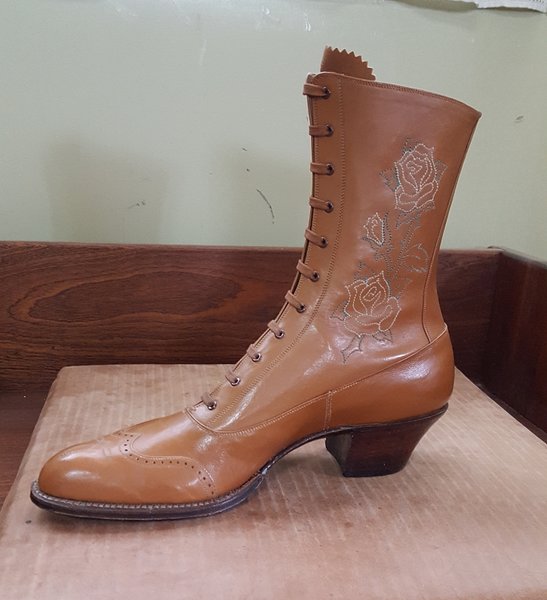deez shoes
Distinguished Member
- Joined
- Jun 1, 2016
- Messages
- 1,142
- Reaction score
- 7,281
Well, "in a good way" can just be another way of saying "I don't want the hassle." Or "I don't want to mess with perfection."
It's true that some elements...esp. toe broguing and so forth...will be misplaced or distorted by relasting to a smaller size. And it can be a lot of work esp. since the toe stiffener will probably have to be replaced. If All-Purpose cement has been used in mounting the toe stiffener, it is doubly...no, triply...difficult and fraught with some danger.
And most shoemakers will have some qualms about the distortion of the "lines" of the shoe that will occur during re-lasting. But a half size is only 5/32"...more or less...in length.
All that said, you didn't ask if it would be pretty. You asked if it would cause damage to the shoe or impact the wear. And done mindfully neither of these issues are significant.
I have relasted to longer lasts as well as shorter lasts. IIRC, ntempleman has also.
It's not easy but re-lasting to a larger size is generally speaking harder than relasting to a smaller size.
Bottom line, it can be done.
Thanks for the info. I'm willing to bet that the shoemaker just doesn't want to mess with the perfection of the finished product.
I can't blame him, though. I'd probably not be too happy to distort or modify a project I'd spent months working on and deemed the finish product a work of art.


